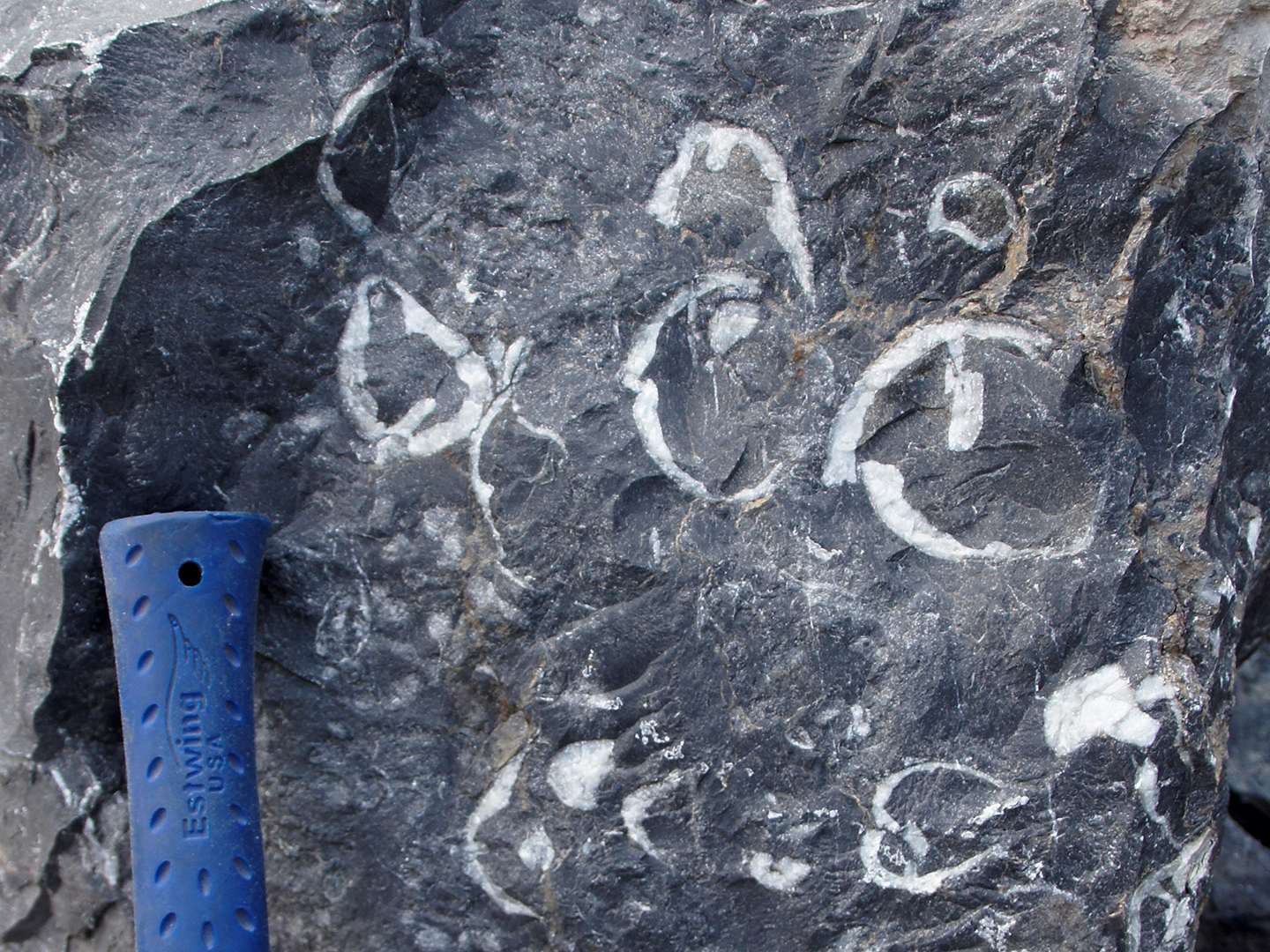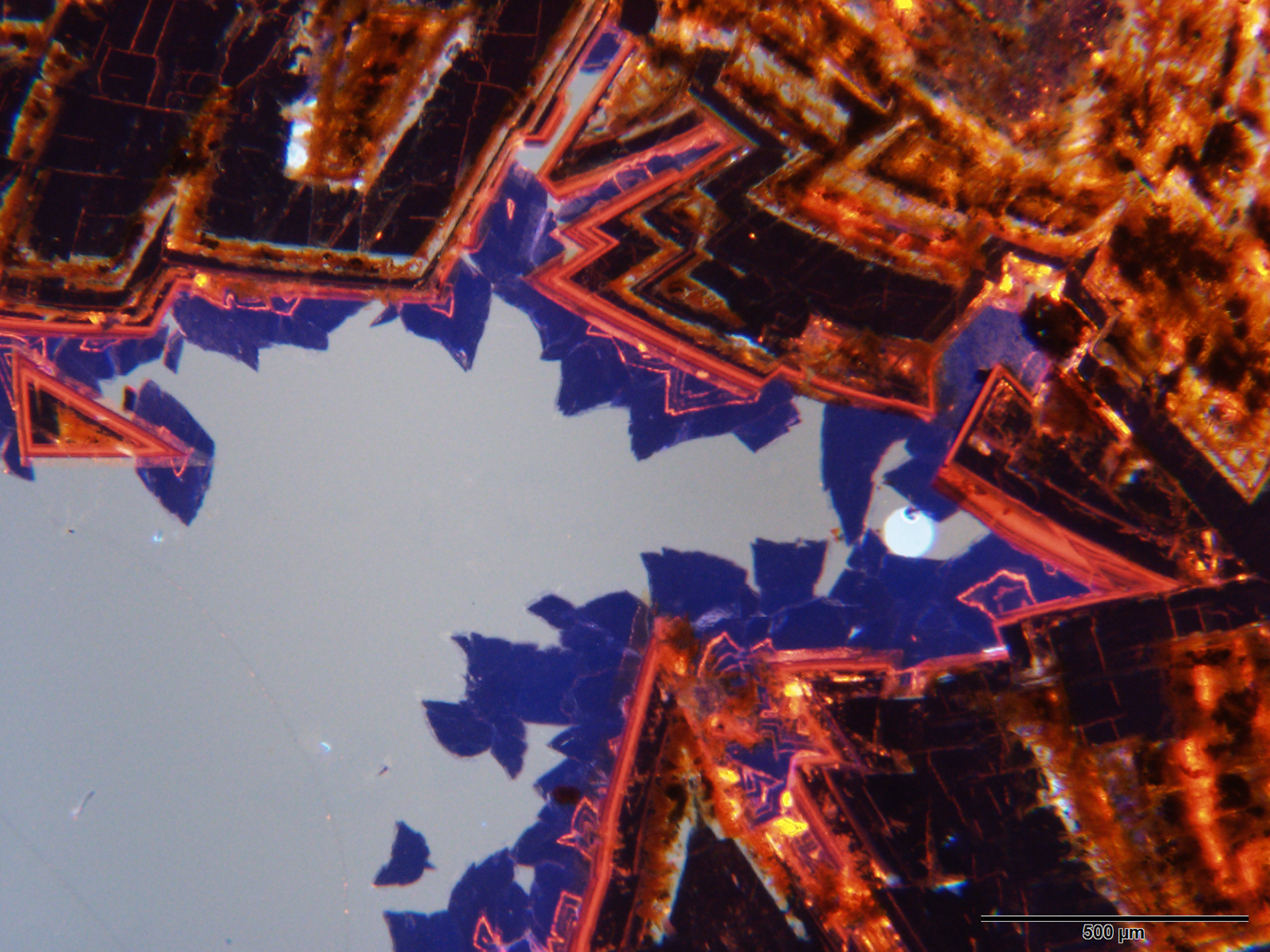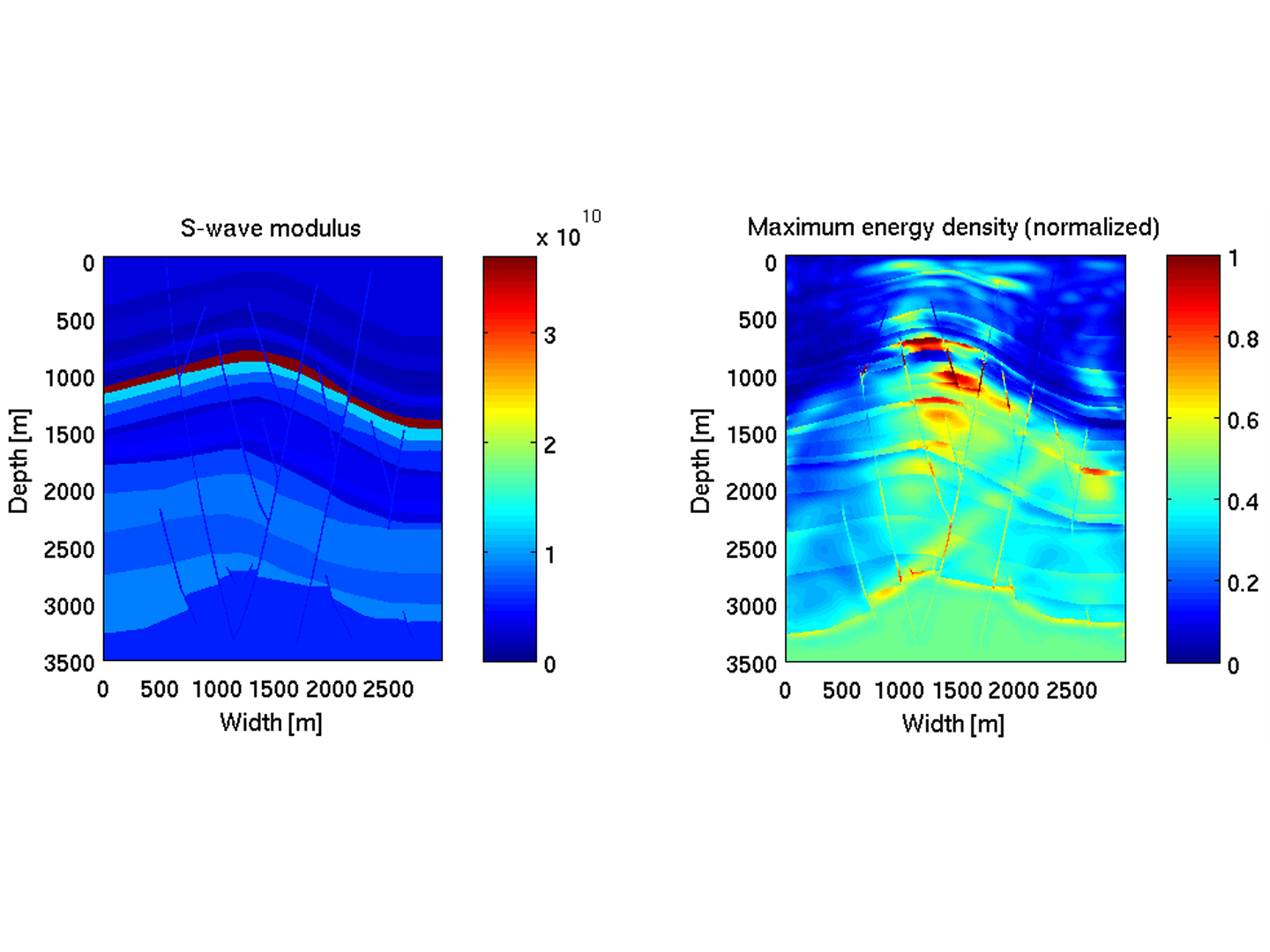Using the ground beneath our feet - for example through wells or mines - has a long tradition and has often been a strong pillar of the economy. The underground can also be used in the context of the energy transition, for example to generate sustainable energy (geothermal energy) or to store it (cold, heat, hydrogen). This requires concrete knowledge of the geological conditions.
The geoscientists at Fraunhofer IEG explore the structure and properties of the rock strata at potential sites using state-of-the-art equipment in the laboratory and in the field. In the laboratory, for example, an X-ray tomograph measures the structure of the rock. The physical and chemical properties of samples from outcrops and boreholes are also determined under realistic conditions in order to study the geological history of the samples. On the computer, the data is assembled into a three-dimensional digital twin and the properties of the rock body as a whole are modelled. In field tests, the models are validated with seismic measurements, for example. On this basis, the experts determine the potential of a particular rock body and evaluate the ways in which it can be developed.
Typical fields of application may lie close to the earth's surface, such as tunnels, drinking water wells or utility infrastructures. Or they can reach down several kilometres like deep geothermal energy or hydrogen gas storage. Project partners include municipal utilities, mine suppliers, industrial heat customers and housing associations.


